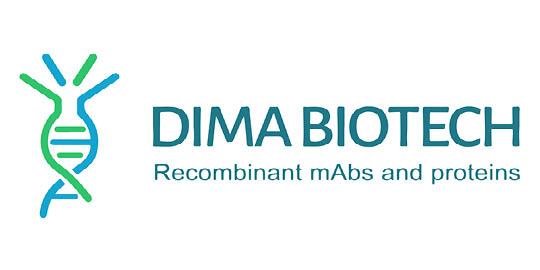Human CXCR6-Strep full length protein-synthetic nanodisc
Human CXCR6-Strep full length protein-synthetic nanodisc
SKU
DMAFLP120124-50
Packaging Unit
50 µg
Manufacturer
DIMA Biotechnology
Availability:
loading...
Price is loading...
Background: A G protein-coupled receptor with seven transmembrane domains that belongs to the CXC chemokine receptor family. This family also includes CXCR1, CXCR2, CXCR3, CXCR4, CXCR5, and CXCR7. This gene, which maps to the chemokine receptor gene cluster, is expressed in several T lymphocyte subsets and bone marrow stromal cells. The encoded protein and its exclusive ligand, chemokine ligand 16 (CCL16), are part of a signalling pathway that regulates T lymphocyte migration to various peripheral tissues (the liver, spleen red pulp, intestine, lungs, and skin) and promotes cell-cell interaction with dendritic cells and fibroblastic reticular cells. CXCR6/CCL16 also controls the localization of resident memory T lymphocytes to different compartments of the lung and maintains airway resident memory T lymphocytes, which are an important first line of defense against respiratory pathogens. The encoded protein serves as an entry coreceptor used by HIV-1 and SIV to enter target cells, in conjunction with CD4.
Description: Human CXCR6-Strep full length protein-synthetic nanodisc
Molecular Weight: The human full length CXCR6-Strep protein has a MW of 39.3 kDa
Protein Families: Druggable Genome, GPCR, Transmembrane
Protein Pathways: Chemokine signaling pathway, Cytokine-cytokine receptor interaction
Storage & Shipping: Store at -20°C to -80°C for 12 months in lyophilized form. After reconstitution, if not intended for use within a month, aliquot and store at -80°C (Avoid repeated freezing and thawing). Lyophilized proteins are shipped at ambient temperature.
Tag: C-Flag&Strep Tag
Expression Host: HEK293
Formulation & Reconstitution: Lyophilized from nanodisc solubilization buffer (20 mM Tris-HCl, 150 mM NaCl, pH 8.0). Normally 5% – 8% trehalose is added as protectants before lyophilization. Please see Certificate of Analysis for specific instructions. Do not use solvents with a pH below 6.5 or those containing high concentrations of divalent metal ions (greater than 5 mM) in subsequent experiments.
Target: CXCR6
Uniprot ID: O00574
Usage: Research use only
Description: Human CXCR6-Strep full length protein-synthetic nanodisc
Molecular Weight: The human full length CXCR6-Strep protein has a MW of 39.3 kDa
Protein Families: Druggable Genome, GPCR, Transmembrane
Protein Pathways: Chemokine signaling pathway, Cytokine-cytokine receptor interaction
Storage & Shipping: Store at -20°C to -80°C for 12 months in lyophilized form. After reconstitution, if not intended for use within a month, aliquot and store at -80°C (Avoid repeated freezing and thawing). Lyophilized proteins are shipped at ambient temperature.
Tag: C-Flag&Strep Tag
Expression Host: HEK293
Formulation & Reconstitution: Lyophilized from nanodisc solubilization buffer (20 mM Tris-HCl, 150 mM NaCl, pH 8.0). Normally 5% – 8% trehalose is added as protectants before lyophilization. Please see Certificate of Analysis for specific instructions. Do not use solvents with a pH below 6.5 or those containing high concentrations of divalent metal ions (greater than 5 mM) in subsequent experiments.
Target: CXCR6
Uniprot ID: O00574
Usage: Research use only

 Deutsch
Deutsch











